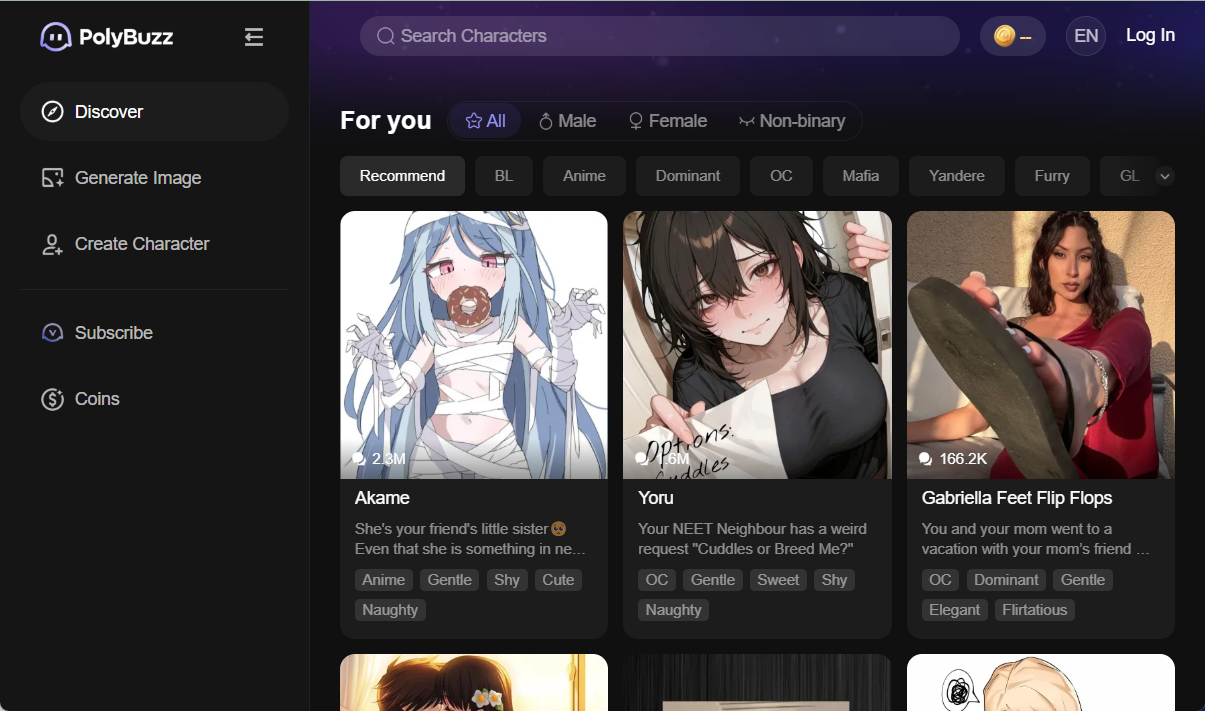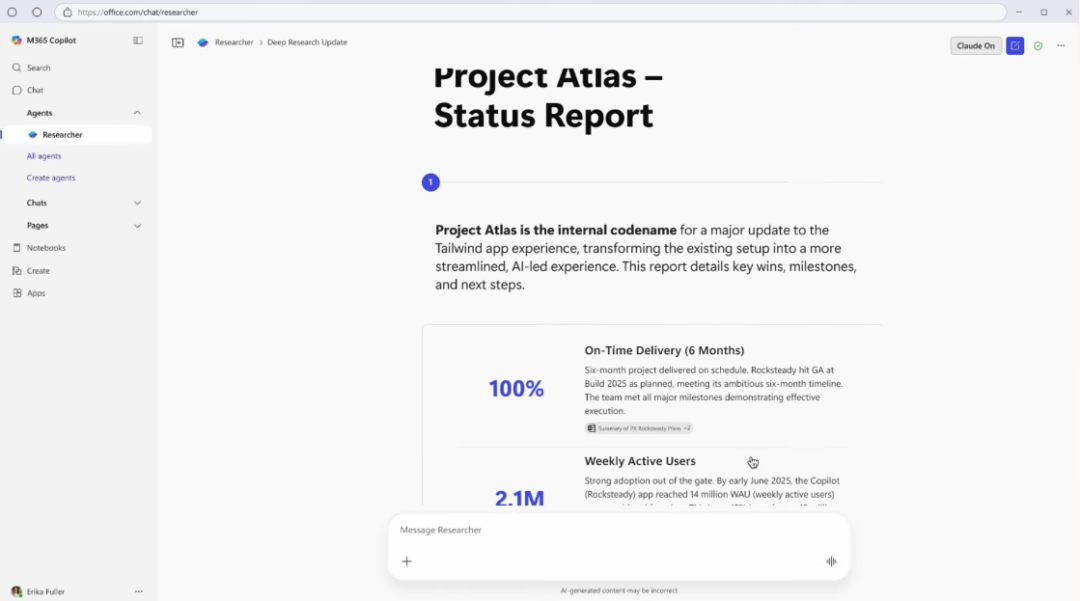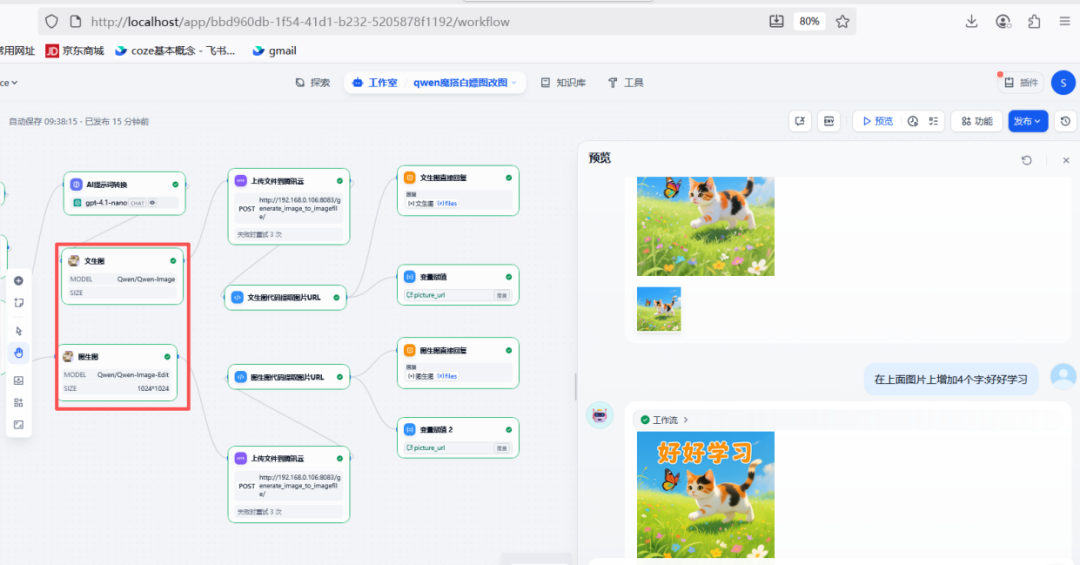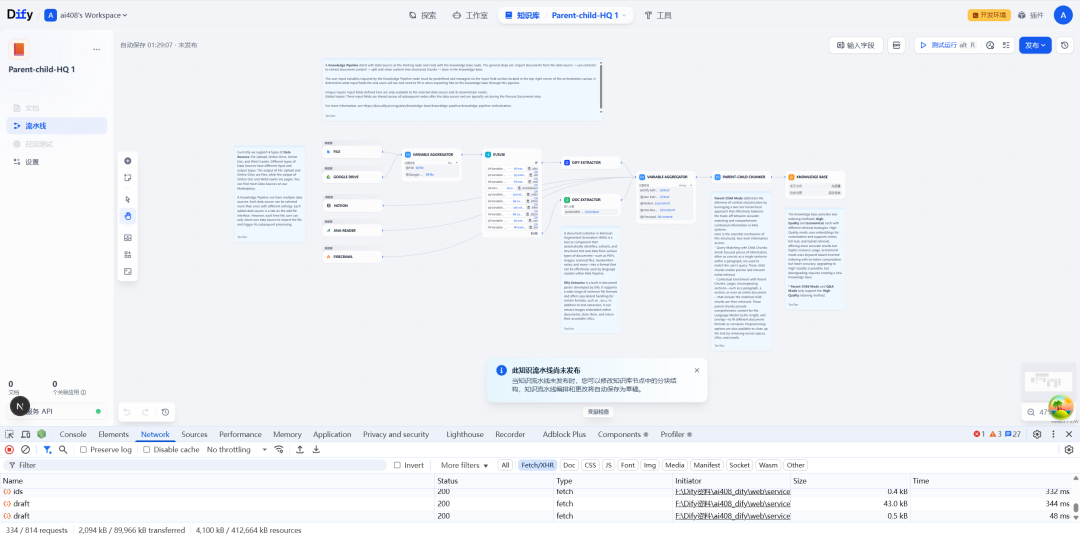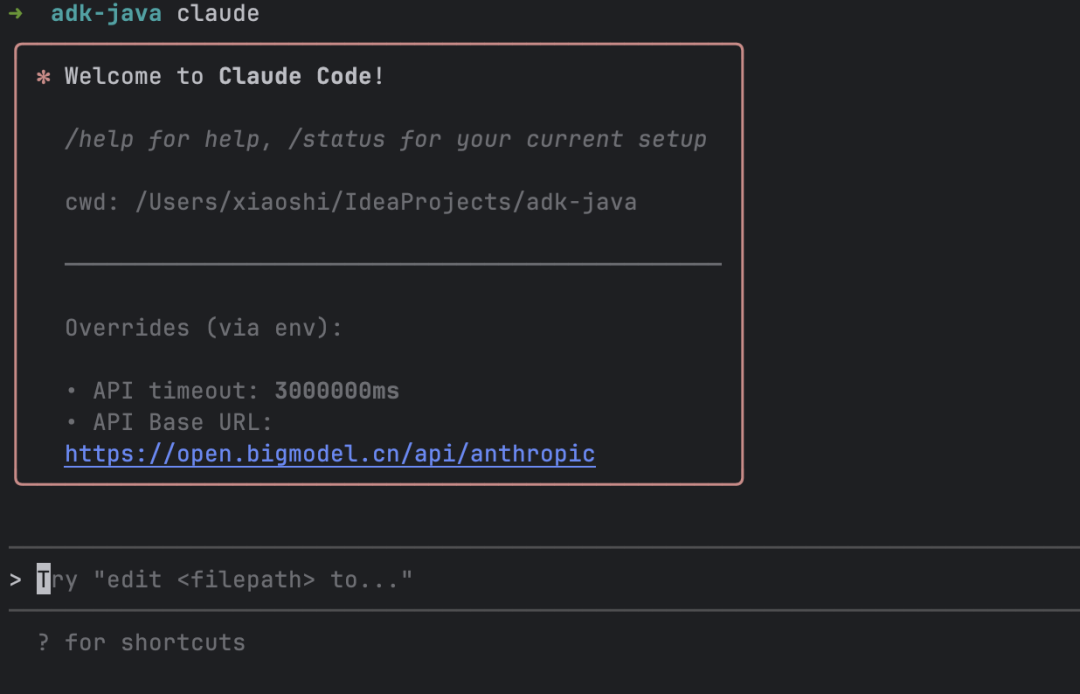Magentic-UI has significant advantages over traditional automation tools (e.g. Selenium, AutoHotKey):
- Multi-agent collaboration architecture:Breaking down different functions to specialized agents makes them more scalable and fault-tolerant than a single script. For example, when handling web page exceptions, the system can automatically switch policies without interruption.
- Human-computer collaborative workflow:Allow users to intervene in operations in real time to edit task steps. Can be set to wait for manual confirmation when performing sensitive operations (e.g. payment confirmation).
- Model-independent design:Supporting multiple language models such as Claude, Qwen, etc., users can choose the most suitable model according to their task requirements and avoid vendor lock-in.
- Transparent implementation:Complete logging of each agent's operation history, unlike some black-box automation tools that are difficult to debug. All steps are logged and errors are easier to trace.
- Learning to optimize capabilities:The system saves historical task plans and optimizes subsequent task execution strategies by analyzing past successes.
Typical scenario: when dealing with dynamically loaded web forms, traditional tools need to write complex waiting logic, while Magentic-UI's WebSurfer can intelligently determine the loading state and work with Coder to handle complex situations such as CAPTCHA.
This answer comes from the articleMagentic-UI: An Intelligent Agent Tool to Support User Collaboration on Web TasksThe






